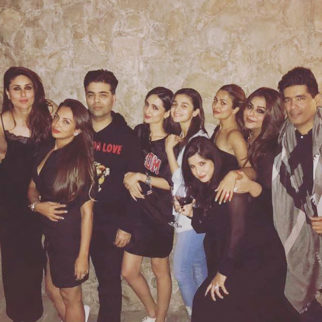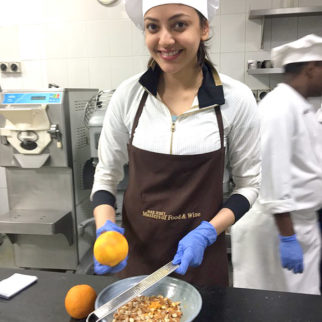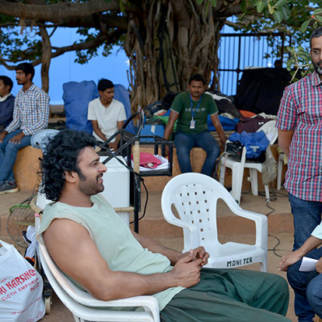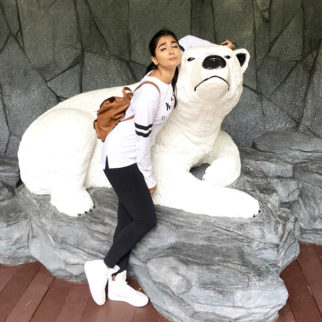How they immortalized Sons Of Ram
-
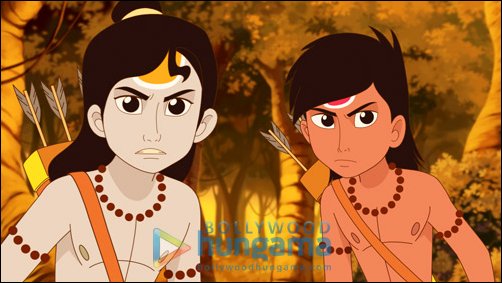 With its ethereal presence in the comics sector, ACK Media have extended their creative prowess with the release of their latest animation feature film, Sons Of Ram. Directed by Kushal Ruia, Read More">the film is being helmed as one of the best animated feature films to have come out of Indian animation stables. With a productionRead More
With its ethereal presence in the comics sector, ACK Media have extended their creative prowess with the release of their latest animation feature film, Sons Of Ram. Directed by Kushal Ruia, Read More">the film is being helmed as one of the best animated feature films to have come out of Indian animation stables. With a productionRead MoreWith its ethereal presence in the comics sector, ACK Media have extended their creative prowess with the release of their latest animation feature film, Sons Of Ram. Directed by Kushal Ruia, the film is being helmed as one of the best animated feature films to have come out of Indian animation stables. With a production spanning across Malaysia and India, Kushal manned a mammoth force of over 150 artists to churn out nineteen chapters from the Ramayana into an animated film. Bollywood Hungama's Philip Bode gets the Kushal, the director of the film, to shed light on forming a 2D production pipeline, animators going into autopilot mode and suspending a renowned studio's belief in 3D.
-
 “They realized on the possibilities of accentuating the 2D elements in the film” Usually most of the 3D stereoscopic films converted are either live action or CG films. When we discussed making Sons Of Ram into 3D, Read More">Maya Entertainment Studios were in the notion that it was not possible to convert a 2D animation featureRead More
“They realized on the possibilities of accentuating the 2D elements in the film” Usually most of the 3D stereoscopic films converted are either live action or CG films. When we discussed making Sons Of Ram into 3D, Read More">Maya Entertainment Studios were in the notion that it was not possible to convert a 2D animation featureRead More"They realized on the possibilities of accentuating the 2D elements in the film"
Usually most of the 3D stereoscopic films converted are either live action or CG films. When we discussed making Sons Of Ram into 3D, Maya Entertainment Studios were in the notion that it was not possible to convert a 2D animation feature into 3D stereoscopic movie, although I shed some light on the fact that some famous Disney film been converted into 3D. With this they realized on the possibilities of accentuating the 2D elements in the film. We provided Maya the final output of the film including the work files, where-in the team would start rotoscopy work on those files. -
 “I did not want the characters to come across as gods or goddesses” When I started writing Sons Of Ram, I wanted it to make sure that it is not just a mythological film veering towards a fabled angle. The mythological aspect of the film just happens to be in the background, Read More">these characters happenRead More
“I did not want the characters to come across as gods or goddesses” When I started writing Sons Of Ram, I wanted it to make sure that it is not just a mythological film veering towards a fabled angle. The mythological aspect of the film just happens to be in the background, Read More">these characters happenRead More"I did not want the characters to come across as gods or goddesses"
When I started writing Sons Of Ram, I wanted it to make sure that it is not just a mythological film veering towards a fabled angle. The mythological aspect of the film just happens to be in the background, these characters happen to be a part of the Ramayana saga. The story is about family, a husband, his wife and his two children who love each other but their lives are torn apart and their quest to get back together. The biggest mantra I wanted to keep is to humanize the characters; I did not want the characters to come across as gods or goddesses. I think that's what makes the movie different unlike any other mythological film, everybody who watched it thankfully picked up on this. -
 “Everybody shifts into autopilot mode” Initially the team at Malaysia was going to do all the pre-production work such as designs, but then we figured out that we would need to step in and take over some amount of work ourselves here. With a lot of visual development conducted in India, Read More">we would pass dataRead More
“Everybody shifts into autopilot mode” Initially the team at Malaysia was going to do all the pre-production work such as designs, but then we figured out that we would need to step in and take over some amount of work ourselves here. With a lot of visual development conducted in India, Read More">we would pass dataRead More"Everybody shifts into autopilot mode"
Initially the team at Malaysia was going to do all the pre-production work such as designs, but then we figured out that we would need to step in and take over some amount of work ourselves here. With a lot of visual development conducted in India, we would pass data to our Malaysian counterparts, for which they would pass on their final designs which would go through various rounds of approvals. Sometimes I would want a scene to be cut or shot in a certain way, they would prepare rough drafts also known as thumbnails on paper to give me a jest on what I was looking for. This was a back and forth process throughout the production of the film. When all pre-production material is passed on to our guys in Malaysia, everybody shifts into autopilot mode. Once they are done with a round of animation and the colors, they pass on the scenes done for approval. Finally after post production we got the film back to India where we converted it into 3D stereoscopic film. -
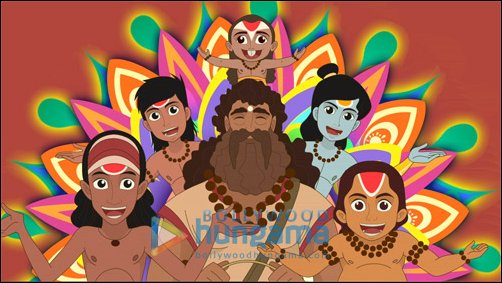 “Everything was planned out during the storyboard phase” I finished writing the screenplay in January 2011, there after starting visual development. Rajesh Shakpal, the main key character designer worked closely with me to understand, Read More">what the characters were about and what they were looking for in certain characters. The entire film was hand drawn usingRead More
“Everything was planned out during the storyboard phase” I finished writing the screenplay in January 2011, there after starting visual development. Rajesh Shakpal, the main key character designer worked closely with me to understand, Read More">what the characters were about and what they were looking for in certain characters. The entire film was hand drawn usingRead More"Everything was planned out during the storyboard phase"
I finished writing the screenplay in January 2011, there after starting visual development. Rajesh Shakpal, the main key character designer worked closely with me to understand, what the characters were about and what they were looking for in certain characters. The entire film was hand drawn using Toonboom. With this paperless pipeline, we've adopted the classical animation style, where we emphasized a lot on the poses rather than the actions. The story-telling poses are rolled out in the animatic and storyboard stage, where our animators in Malaysia get down to animating the shots. Everything is planned out during the storyboard phase; with this the animators rarely go with animating the scenes using the 'straight-ahead' method. Our pre-production work was a hand-shake between Malaysia and India, thereafter the production work was carried out in Malaysia from which the whole process was supervised and approved in India.
